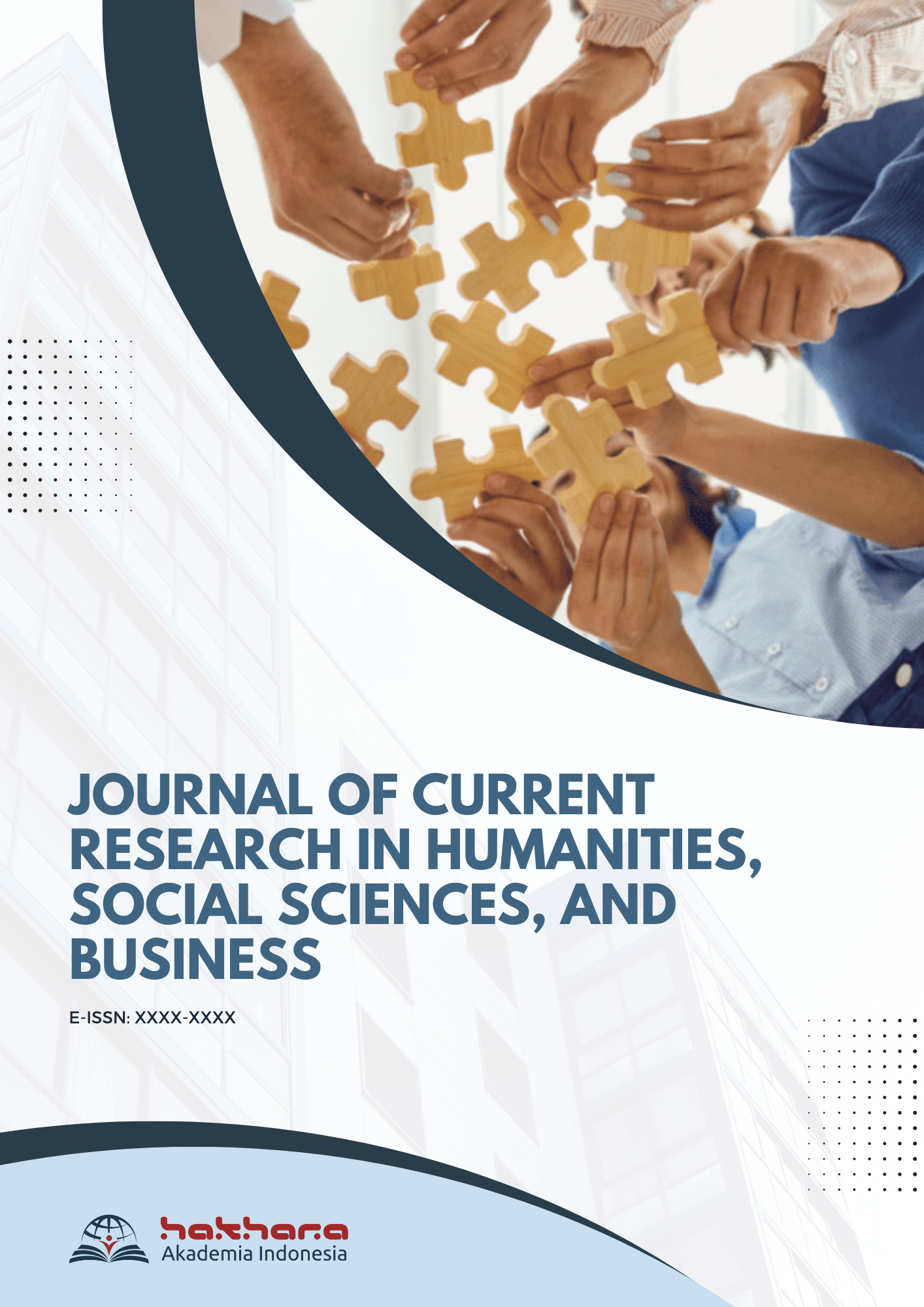Pedagogik Hambatan Fisik dan Motorik: Memahami dan Menganalisis Sebab Individu dengan Hambatan Fisik Dan Motorik
DOI:
https://doi.org/10.71383/v344z775Keywords:
Educational Assessment, Physical and Motor Impairments, Educational Intervention, Pedagogy, Multidisciplinary ApproachAbstract
This article discusses pedagogy relevant to individuals with physical and motor impairments. The main focus is on understanding and analyzing the underlying causes of these impairments, a crucial step in designing effective educational interventions. Physical and motor impairments can affect students' academic, social, and personal participation and achievement. By identifying the root causes—whether genetic, neurological, environmental, or a combination thereof—educators can develop more appropriate, adaptive, and inclusive pedagogical strategies. This article highlights the importance of a multidisciplinary approach in assessment and intervention, as well as the vital roles of differentiated pedagogy and universal design for learning (UDL).
Downloads
References
American Academy of Pediatrics. (2019). Clinical Practice Guideline for the Management of Spina Bifida. Pediatrics, 143(1), e20183313.
American Academy of Pediatrics, Council on Children with Disabilities. (2001).
Cochrane, P., & Lunt, I. (2009). Disability and Special Educational Needs: A Human Rights Perspective. Education and Training in Developmental Disabilities, 44(2), 253-267.
Graham, H. K., Rosenbaum, P., Bartlett, D., & Darrah, J. (2008). Cerebral palsy: The case for a change in taxonomy. Journal of Child Neurology, 23(1), 37-47.
Heward, W. L. (2013). Exceptional Children: An Introduction to Special Education. Pearson Education.
Rose, D. H., & Meyer, A. (2002). Teaching Every Student in the Digital Age: Universal Design for Learning. Association for Supervision and Curriculum Development.
Shapiro, F. (2010). Pediatric Orthopedics and Sports Injuries. Springer.
United Nations. (2006). Convention on the Rights of Persons with Disabilities.
Batshaw, M. L. (Ed.). (2013). Children with disabilities (7th ed.). Paul H. Brookes Publishing
Bax, M., Goldstein, M., Rosenbaum, P., Leviton, E. A., Paneth, N., & Dan, B. (2006). Proposed definition and classification of cerebral palsy, April 2005. Developmental Medicine & Child Neurology, 48(7), 579-581.
Graham, H. K., & Rosenbaum, P. (2018). Cerebral palsy. In A. B. H. Kirkwood, D. K. Stovall, & J. M. Scholl (Eds.), Disability and development: A handbook for families, teachers, and health professionals (pp. 209-228). Springer.
International Classification of Functioning, Disability and Health (ICF). (2001). World Health Organization.
Kirk, S. A., Gallagher, J. J., & Anastasiow, N. J. (2015). Educating exceptional children (14th ed.). Cengage Learning.
King, G. A., Currie, M., McDougall, J., Ng, K., & Hyndman, T. (2006). A conceptual model of the factors affecting the recreation and leisure pursuits of children with disabilities. Physical & Occupational Therapy in Pediatrics, 26(1-2), 9-27.
Rosenbaum, P., Paneth, N., Leviton, A., Goldstein, M., Bax, M., & Damiano, D. (2007). A report: The definition and classification of cerebral palsy update. Developmental Medicine & Child Neurology, 49(s109), 1-44.
Scherzer, P., Desrosiers, P., & Mercier, C. (2001). The relationship between cerebral palsy and associated impairments and activity limitations. Developmental Medicine & Child Neurology, 43(10), 666-673.
Smith, T. E. C., & Polloway, E. A. (2006). Teaching students with special needs in inclusive settings. Pearson/Merrill Prentice Hall.
UNESCO. (1994). The Salamanca Statement and Framework for Action on Special Needs Education. UNESCO.
World Health Organization (WHO). (2011). World report on disability. WHO.


